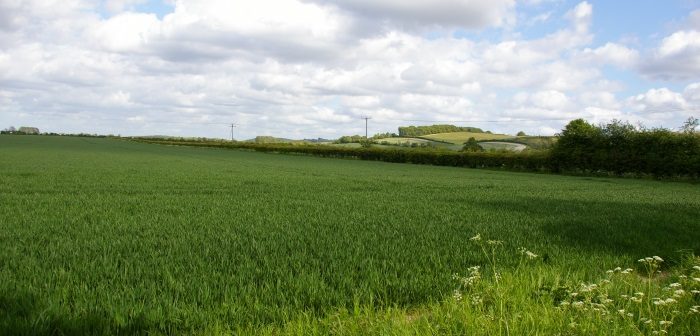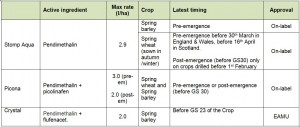For the first time in five years, cereal growers have a rare window of opportunity to hit black-grass hard, suggests Phillippa Overson, who has recently joined BASF as Market Manager for Cereal Herbicides and PGRs.
Following a kind autumn, good sowing conditions and high black-grass dormancy, many are taking great solace from low weed pressure; however, Ms Overson is rallying farmers to not let up on driving populations as low as they can possibly go.
“A clean black-grass year would bring huge relief and very welcome yield gains following stubbornly high populations resulting from the seed burden legacy of the wet autumn of 2012,” Ms Overson suggests.
“But before breathing a sigh of relief and closing the metaphorical gate on spring weed control, we need to be mindful that warming, wet soils over the coming months could encourage a flush of black-grass, as well as other grass and broad-leaved weeds.”
Usually at this time of year weeds are large, abundant and, in winter cereal crops, requiring a robust contact herbicide programme to try and knock back numbers.
“However, this season we have a rare opportunity to use pendimethalin-based residual chemistry instead; it’s perfect timing, just when the autumn residuals – which, incidentally, worked very well in 2016 – are running out of steam” she adds. “Fortuitously these offer alternative modes of action to the traditionally applied sulfonylureas (SU) at this point in the season, taking pressure off contact herbicide options such as Atlantis WG.”
Ms Overson recommends two residual products – Stomp Aqua and Picona – which she notes are also strong at controlling other grass and broad-leaved weeds, including those that are susceptible to ALS-resistance, such as poppy and chickweed.
Where spring crops are concerned, take all the cultural opportunities that you can. “Do as you would do in the autumn, use stale seedbeds and opt for high-tillering, compact varieties of spring barley or spring wheat, such as KWS Kilburn and Belepi, plus, make sure seed rates are appropriate for the situation and that you apply a pre-emergence residual. Prepare as good a seedbed as you can and then wait, wait, wait until you have a market agreed if you are opting for spring barley.”
Ruth Stanley, who farms black-grass prone land in Leicestershire alongside a role within BASF, said that the weed burden on her farm is exceptionally low this season. “I’m not resting on my laurels though, because I’ve seen how bad the black-grass can be here. This spring is a golden opportunity to blitz the population with the application of residual followed by spraying off any very bad patches of resistant black-grass within the standing crop
“We have a real chance to make a difference by achieving exceptionally high levels of weed control. But we must take no prisoners, particularly in the case of resistant black-grass.”
The residual herbicide options for spring application are outlined below.





